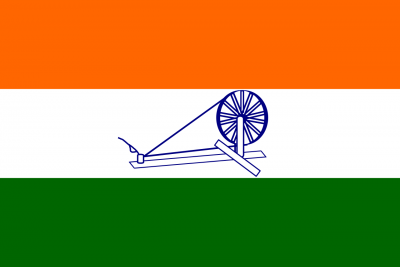
Salt has enormous significance as it is an indispensable ingredient in our food. Ever since the East India Company established its power, it became a criminal offence for Indians to produce and sell salt.
Gandhiji disobeyed this law laid down by the British. The ruling government imposed tax even on salt and earned a large profit from that too. Not surprisingly, the salt tax represented 8.2 per cent of the British Raj tax revenue. The British believed that they would be able to establish their full control over natural resources by manufacturing salt. Indians found this hard to digest.
Many were sceptical of Gandhiji’s choice of salt as a means of civil disobedience. But some leaders like C. Rajagopalachari understood Gandhiji’s viewpoint. After the protest gathered momentum, leaders recognized the value of salt as a symbol and appreciated Gandhiji’s genius in choosing salt.








